Best Retirement Changes to Make at 60 (Before It’s Too Late)
If you're approaching retirement and wondering if you’ve done enough or if you should have done something differently, this article is for you. After years of working with retirees as a CERTIFIED FINANCIAL PLANNER™, I’ve heard one phrase more than almost any other:
"I wish I had made this change when I was 60."
👉How would it feel to know exactly when you can retire and how much you can spend without running out of money? Let’s talk. In a complimentary call, I’ll walk you through your numbers and show you strategies that could help you retire with more confidence and less stress. Schedule Your Call
Why listen to me?
My job is to help people retire confidently, with a written plan, tax strategy, investment roadmap, and clear income distribution plan. I've met with countless retirees who wish they had done just one or two things differently in their final working years. What you’re about to read isn’t theory; it’s built on real regret and real opportunity.
Key Point / Summary
- Diversify your savings across tax types—not just retirement accounts.
- Plan your health insurance options before Medicare begins.
- Create a written financial plan—don’t just wing it.
- Ignore generic "rules of thumb" and build a customized strategy.
Change #1: Stop Overloading Retirement Accounts
Many retirees wish they hadn’t saved only in traditional IRAs and 401(k)s. Why? Because when they retire early (before 65), every dollar they withdraw from those accounts is taxable income, which affects their ability to qualify for healthcare subsidies under the Affordable Care Act.
Why it matters:
If your income is too high, your health insurance costs could skyrocket. But if you have money in a brokerage account, you can draw from it in retirement without generating as much taxable income.
Example:
A couple retiring at 62 with $120,000 of income might pay $480/month for ACA health coverage. If they reduce their reported income to $60,000 by using after-tax savings, they might qualify for subsidies that reduce that premium to $0.
Result: An extra $5,760/year in savings just by shifting the income source.
Change #2: Have a Written Financial Plan

Retirees consistently tell me that not having a written retirement plan earlier caused them anxiety, confusion, and unnecessary delays.
A good plan should answer:
- When can I retire?
- How much monthly income will I have?
- Which accounts should I pull from (and when)?
- When should I take Social Security and Medicare?
- How will my investments change once I retire?
- What’s my long-term tax strategy?
- How will I fund healthcare and legacy plans?
When this is on paper, it gives you clarity and peace of mind. When it’s not, it causes stress and second-guessing.
Change #3: Get the R.O.T. Out of Your Plan (Rules of Thumb)
One of the most dangerous things I see in retirement planning is reliance on generic advice:
- The 4% Rule
- “You’ll need $3 million to retire.”
- “Just keep working until 70.”
These assumptions often lead people to delay retirement unnecessarily, or worse, over-save and under-spend out of fear.
Let’s bust a myth:
"To safely generate $10,000/month, I need a $3 million portfolio."
That’s what the 4% Rule says.
But what if you’re 60 and have $1.5 million saved, and plan to claim Social Security at 67 and 70? Let’s see:
Example:
Retirement age: 60
Monthly spending: $10,000 (inflation-adjusted)
Portfolio: $1.5 million
Social Security: Begins at 67 (spouse 1), 70 (spouse 2)
Years 60–67: Entire $10,000/month comes from the portfolio.
At 67: Spouse 1 claims Social Security at $4,000/month. Portfolio now only needs to provide $6,000/month.
At 70: Spouse 2 claims Social Security at $5,600/month. Now the portfolio only needs to provide $2,600/month.
Over time, the withdrawal pressure on the portfolio decreases, not increases, contrary to what many people assume.
Key Insight: Retirement income is not static. Your plan should account for the fact that Social Security, RMDs, and even reduced spending in later life all impact what your portfolio needs to do.
Change #4: Start Healthcare Planning Early
Many early retirees overlook how impactful healthcare costs can be between retirement and age 65. But with proper tax planning and account diversification, you may qualify for thousands of dollars in premium subsidies.
Planning Tactics:
Use brokerage accounts to manage taxable income.
Implement Roth conversions in low-income years.
Track ACA income thresholds (and stay just under them).
A little planning can go a long way toward saving you $10K or more per year on healthcare.
Conclusion
If you’re around age 60, you still have plenty of time to shape your retirement. But the window for key decisions is closing. Most regrets I hear from retirees could have been avoided with a simple tweak, a tax strategy, or a plan created a few years earlier.
So make the change now.
👉 How would it feel to know exactly when you can retire and how much you can spend without running out of money? Kind of crazy that you just found this blog… and your next step might be booking a complimentary call. In that call, we’ll explore your numbers and see what’s truly possible for you. Schedule Your Call
FAQs
Q: Is $1.5 million enough to retire?
A: It depends on your spending, income sources, and tax strategy. With proper planning, many couples retire comfortably on less.
Q: What’s the best way to lower healthcare costs before Medicare?
A: Manage your reported income using after-tax brokerage accounts, Roth withdrawals, and strategic IRA distributions.
Q: Is the 4% Rule still valid?
A: It’s a decent starting point—but it’s not tailored to your life, taxes, or Social Security timing. Personalized modeling works better.
Disclaimer: Case studies are hypothetical and do not relate to an actual client of Lock Wealth Management. Clients or potential clients should not interpret any part of the content as a guarantee of achieving similar results or satisfaction if they engage Lock Wealth Management for investment advisory services.
Sources:
https://albionfinancial.com/learning-center/60s-checklist/
https://www.kiplinger.com/retirement/601972/turning-60-checklist-10-key-retirement-questions-to-ask
https://albionfinancial.com/learning-center/50s-checklist/
https://albionfinancial.com/learning-center/30s-and-40s-checklist/
